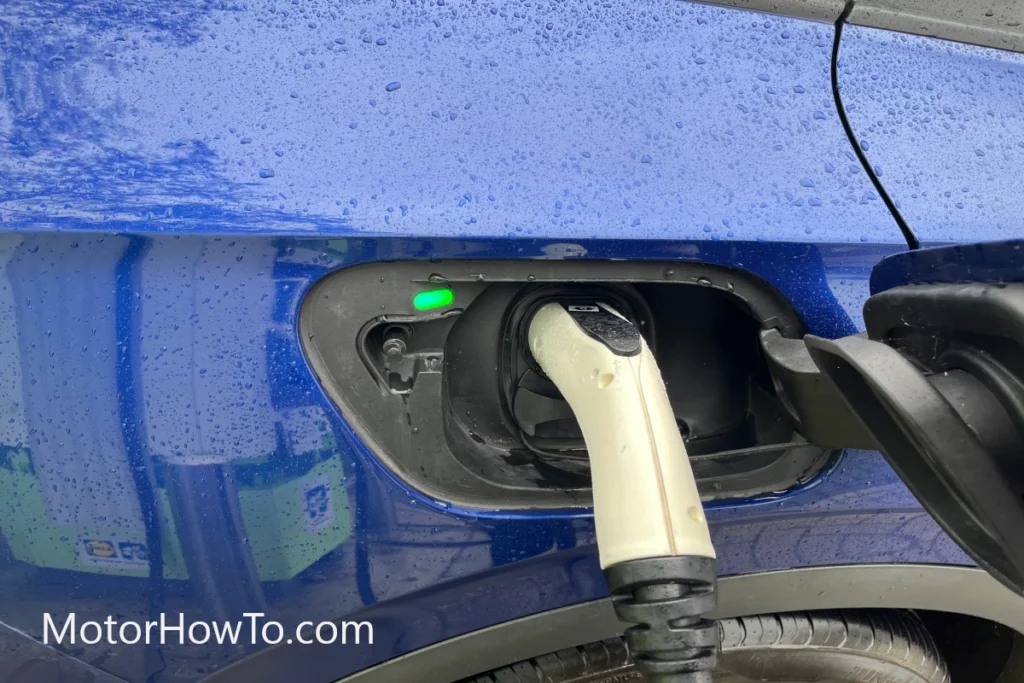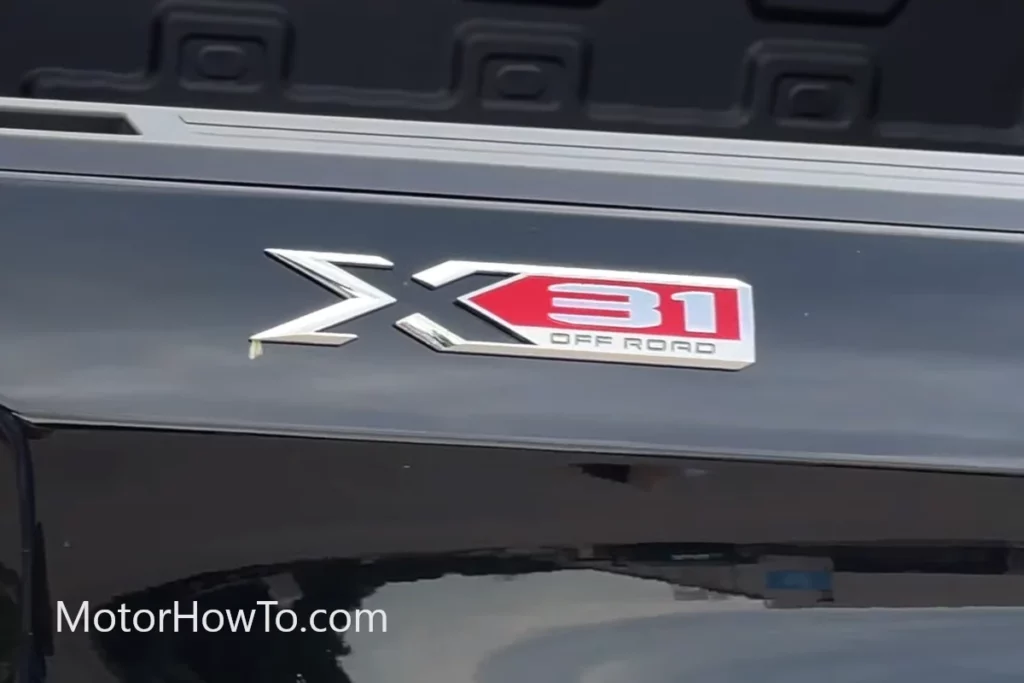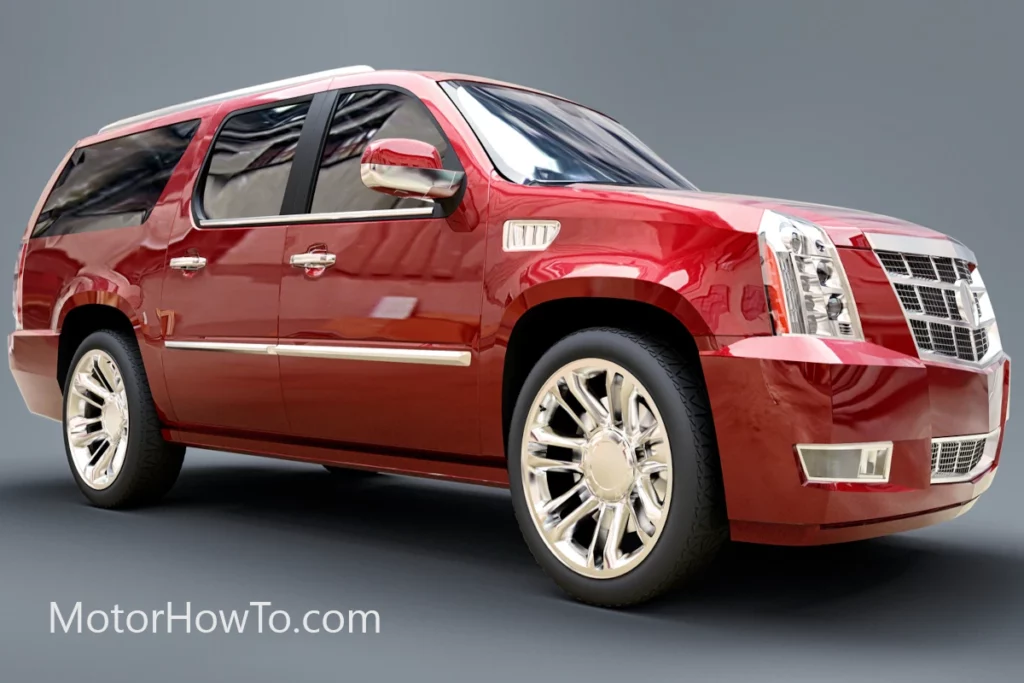Your tire pressure sensor has a specific job to do, and that is to make sure that you are well-aware of whether or not your tire pressure is entering low levels.
After all, no one wants to drive with flat tires because this can be dangerous to the driver and can damage the car.
So, when you do have one of your tires losing air pressure, you would probably see the tire pressure sensor fault message or icon on your dashboard.
Can you still drive with tire pressure sensor fault?
It is unsafe to drive with a tire pressure sensor fault because this could mean that one of your tires may be losing air pressure. So, when you do get the tire pressure fault message or icon, it is important to pull over to a nearby gas station to check your tires and re-inflate them if necessary.
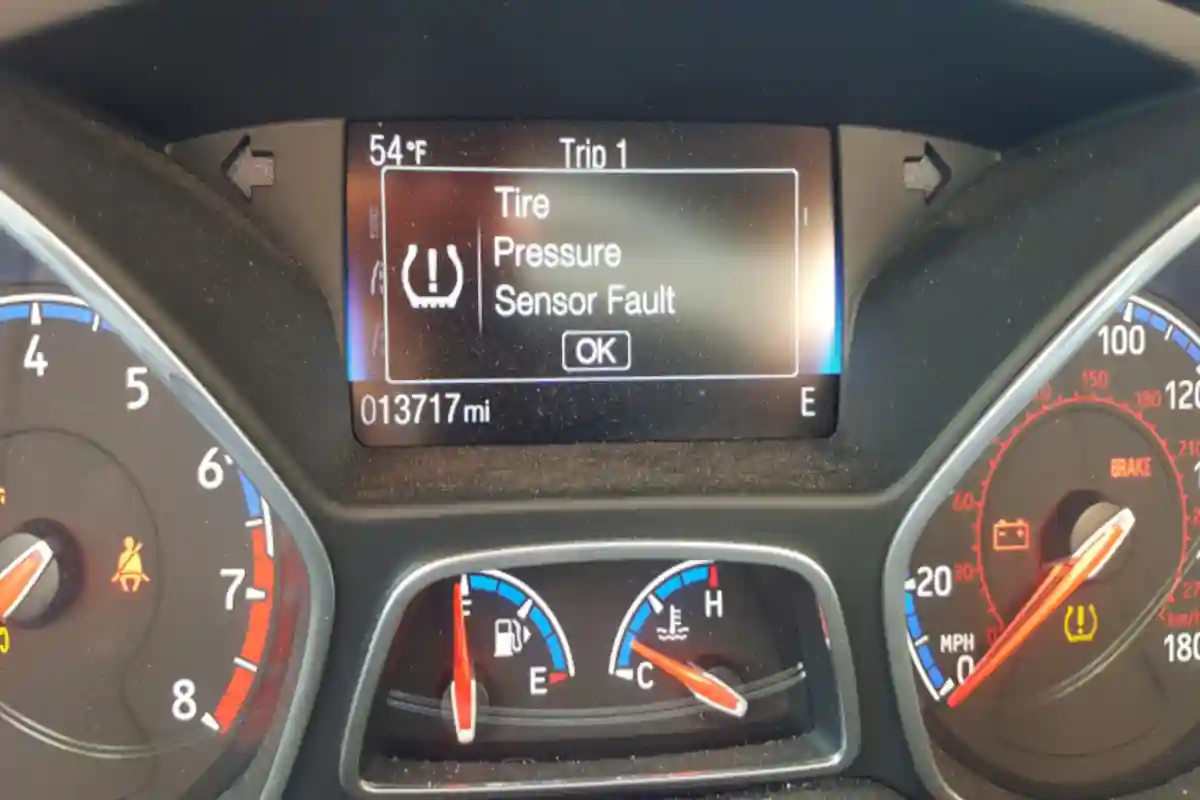
The Tire-pressure Monitoring System (TPMS) is a fairly new system in most of the newer cars today, and that is why there aren’t a lot of people who fully understand what it does and how it works.
Then again, if you do have a tire pressure sensor fault, that doesn’t always mean that you are in danger. That’s because it still is important to ascertain the cause before you actually remedy the situation.
Related:
- Can Tire Pressure Sensor Read The Wrong Tire? (Solved!)
- Will Car Pass Inspection With TPMS Light On? (All States)
- Do you need to replace TPMS with new tires? (Solved)
What does tire pressure sensor fault mean?
Most of today’s cars are built with a system where you can now check the air pressure in your tires just by looking at your dashboard.
This is the amazing capabilities of the TPMS, which uses sensors that are in the wheels to detect the air pressure in our tires and then tell us whether or not we need to fill our tires with air.
So, if you happen to have a direct TPMS on your car, your car’s dashboard should show you the air pressure in all of your tires.
But what does it mean when the screen shows the message “tire pressure sensor fault”?
First off, the “tire pressure sensor fault” could be indicated in an entire worded message or could be shown in a simple icon that is universally understood as a tire pressure sensor fault.
So, what does this message mean? Well, it could mean a lot of things other than a tire losing air pressure.
One of the most probable reasons why that message or icon is showing up is due to the fact that one or more of your tires is actually losing air pressure.
If that is the case, then there is a chance that you might end up getting a flat or blown-out tire.
Another probable reason why that message is showing up can be attributed to how one of the sensors on your TPMS is actually faulty or is malfunctioning.
That simply means that the sensor isn’t working right. As such, it won’t hamper your driving in any way.
Finally, another reason can be due to how you changed tires without resetting the TPMS or without actually reinstalling or reprogramming the sensors in the new tires. This can be a fairly common mistake that a lot of people commit especially when it’s time to change tires during a new season.
So, all that said, having the tire pressure sensor fault or icon showing up on your dashboard can or can’t be dangerous. But the fact of the matter is that you should first look at the cause before you panic.
Is it safe to drive with a tire pressure sensor fault?
Now that you know why you may be getting the tire pressure sensor fault message or icon, the next thing to ask is whether or not it is safe to drive when you do get that message or that light on the car’s dashboard.
For the sake of safety, we would like to say that it should be unsafe when you do get the tire pressure sensor fault icon on your dashboard because it is always better to err on the side of caution when it comes to anything that’s risky.
That’s because, first of all, this could be the result of how one or more of your tires is losing air pressure. If that is the case, then you shouldn’t drive too long when a tire is losing air pressure because it would end up going flat or even blowing out later on during a long drive.
Then again, there are some cases where the fault is not due to a tire losing air pressure as the fault could be on the sensors themselves such as when the sensors are damaged or when you forgot to reset them after changing tires. So, if that is the case, it is completely safe to drive as long as you don’t mind your sensors not working properly.
However, the most prudent thing to do is to pull over at the nearest gas station to try to check the situation.
The reason for doing so is for you to immediately check the situation. Your eyes and a manual tire pressure gauge are still the best tools to use to check whether or not your tires have enough air in them.
So, if your tires don’t have the right air pressure, just re-inflate them in the gas station so that you can continue driving. However, if your tires have the right air pressure, then that means that the reason why the tire pressure sensor fault is showing up can be due to any of the other reasons stated above.
As such, if your tires are okay, then that means that you can still safely drive.
But be warned here that, if your sensors are faulty, you won’t be able to rely on them especially when you are in the middle of a long drive.
Then again, not all cars have a TPMS, so you should be fine not relying on your sensors especially if you have driven cars that don’t rely on a TPMS for checking the tire pressure.
How long can you drive with the tire pressure light on?
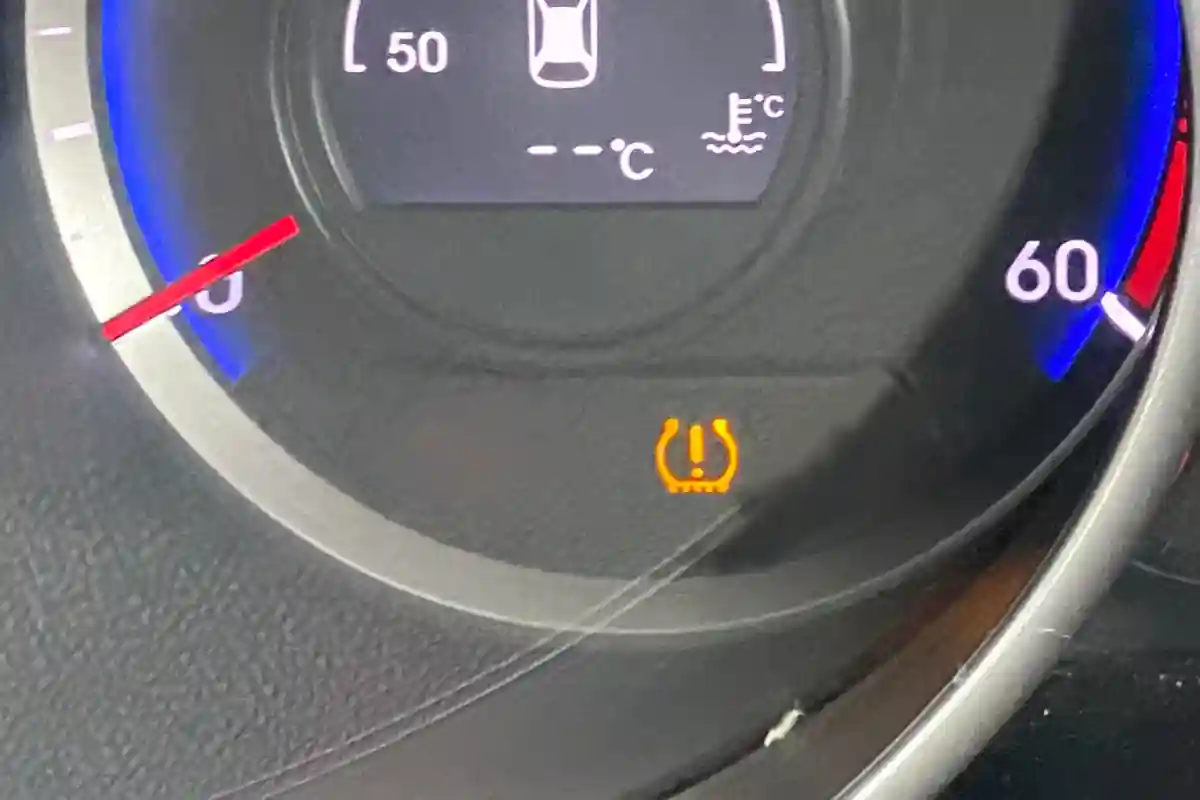
So, if your tire pressure light is on due to the fact that you really have low tire pressure, how long can you drive with low tire pressure?
Well, the answer to that depends on how low the tire pressure is and how far you are willing to go with the tire pressure light on.
Remember here that the TPMS is just there to remind you that one of your tires is beginning to reach low air pressure levels but that doesn’t necessarily mean that you have a flat tire.
And the TPMS isn’t even exactly accurate because there are times when the tire pressure light is on even though your tires all have the right air pressure or one of the tires might be slightly inflated.
That said, it still is the most prudent thing to pull over and check your tires for air.
If you have a battery-operated pump, you should try pumping air into the tires. However, you can go to the nearby gas station as well if you don’t have a pump in your car.
Don’t wait too long to pump air into your tires or else you might end up in an accident if one of your tires blows out while you are driving at high speeds on the freeway.
Sources
Car treatments: Tire Pressure Sensor Fault (What it Means and How to Fix)

